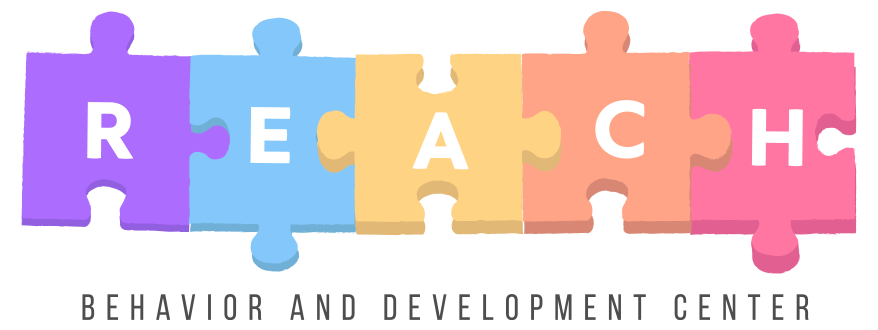
Understanding ABA Therapy for Children with Developmental Delays: Unlocking Potential and Promoting Progress
Children with developmental delays require specialized care to help them reach their full potential. Applied Behavior Analysis (ABA) therapy has emerged as a highly effective approach in supporting these children by addressing their unique needs. In this blog post, we will explore the fundamentals of ABA therapy and its positive impact on children with developmental delays.
Understanding ABA Therapy:
Applied Behavior Analysis (ABA) is a scientific and evidence-based approach that focuses on understanding and modifying behavior patterns. It involves systematically applying principles of learning and behavior to improve socially significant behaviors and reduce problem behaviors in individuals with developmental delays (1).
Key Components of ABA Therapy
1. Assessment: A comprehensive assessment is conducted to identify the specific needs and challenges of each child. This assessment helps in developing individualized treatment plans tailored to the child’s unique requirements.
2. Behavior Intervention: ABA therapists use various techniques and strategies to address problematic behaviors and promote positive behaviors. These interventions may include positive reinforcement, prompting and shaping, and teaching replacement skills.
3. Data Collection and Analysis: ABA therapy relies on objective data collection to measure progress and make informed decisions. Therapists track and analyze data on the child’s behavior, responses, and outcomes to guide treatment adjustments and ensure effectiveness.
4. Skill Building: ABA therapy aims to teach children a wide range of skills, including communication, social interaction, self-help, and academics. Therapists break down complex skills into smaller, achievable steps and utilize repetitive practice and reinforcement to promote skill acquisition.
Positive Impact of ABA Therapy
Research studies and clinical experiences have consistently demonstrated the efficacy of ABA therapy in children with developmental delays (2). ABA therapy has shown remarkable results in:
1. Language and Communication: ABA techniques have proven effective in improving language and communication skills in children with developmental delays, helping them express their needs and interact with others more effectively.
2. Social Skills: ABA therapy incorporates social skills training to enhance a child’s ability to engage in meaningful interactions, develop friendships, and navigate social situations.
3. Behavior Management: ABA therapy focuses on reducing challenging behaviors and promoting positive behaviors, leading to improved self-regulation and increased independence.
4. Academic Achievement: ABA techniques can be adapted to support academic learning, helping children with developmental delays acquire essential academic skills and succeed in educational settings (3).
ABA therapy presents a powerful and evidence-based approach to support children with developmental delays in reaching their full potential. Through individualized treatment plans, behavior interventions, and skill-building techniques, ABA therapy empowers children to develop essential life skills, improve communication, and engage meaningfully with their environment. As more research and clinical experiences continue to demonstrate the positive impact of ABA therapy, it remains a valuable tool in providing effective and comprehensive care for children with developmental delays.
References:
1. Smith, T. (2021). Applied Behavior Analysis: What It Is and How It Works. Autism Speaks. [Link: https://www.autismspeaks.org/applied-behavior-analysis-aba-what-it]
2. National Autism Center. (2015). Findings and Conclusions: National Standards Project, Phase 2. Randolph, MA: National Autism Center. [Link: https://www.nationalautismcenter.org/national-standards-project/results-reports/]


